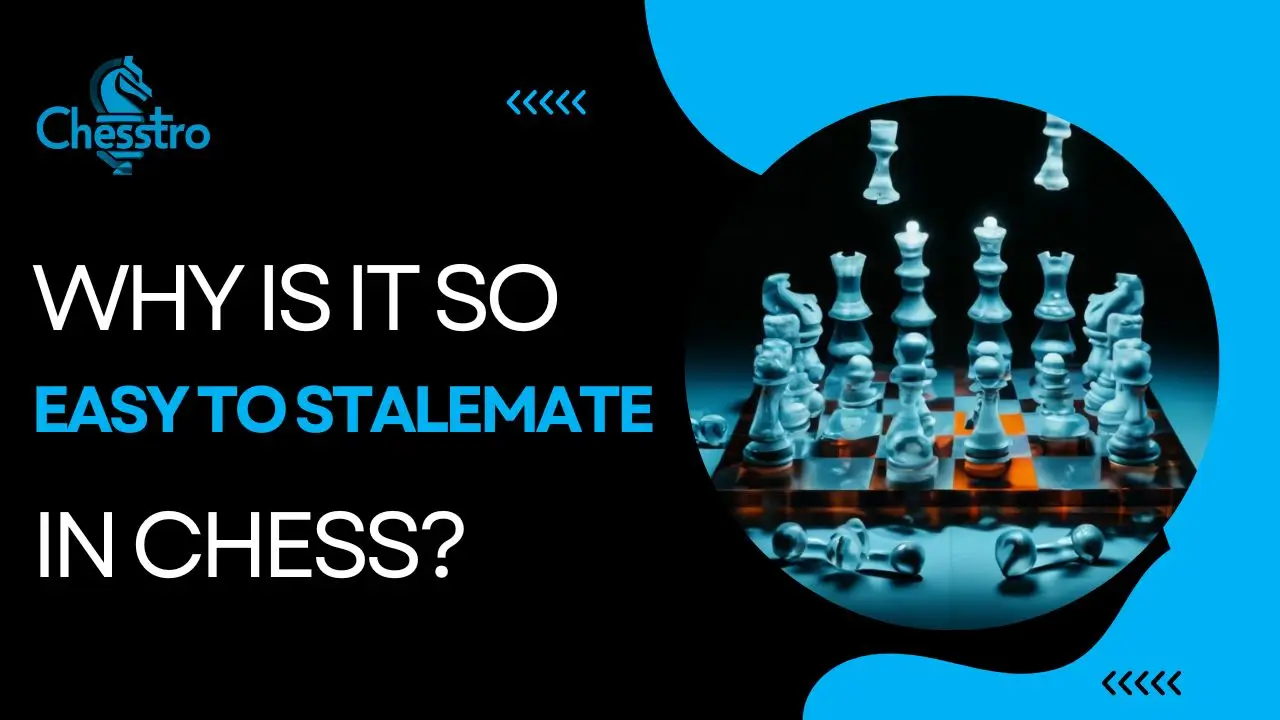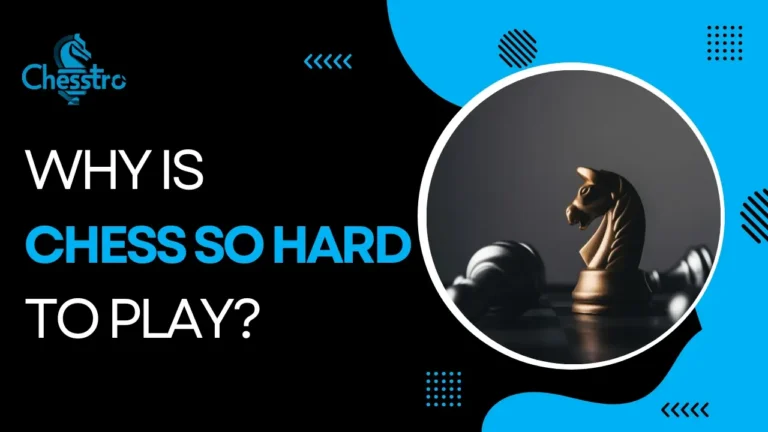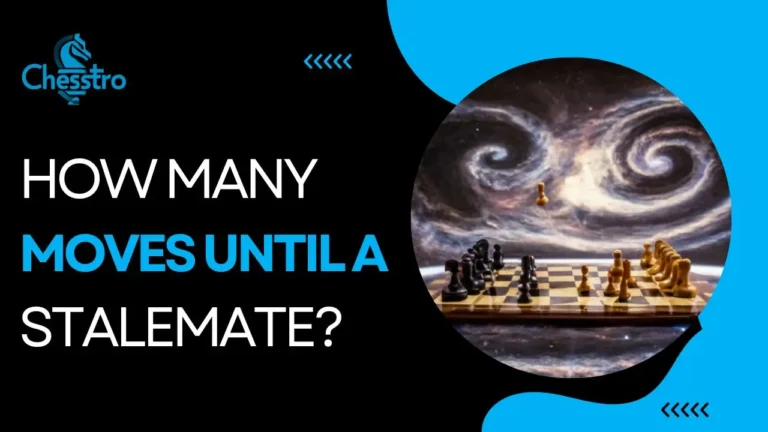Why is it so easy to stalemate in chess?Find Out Today!
Why is it so easy to stalemate in chess? Stalemates are surprisingly common in chess, even among experienced players. A stalemate occurs when a player has no legal moves, and their king is not in check. This often happens due to the unique movement of chess pieces and the intricate positions they create.
For example, overly aggressive strategies or misjudging endgame scenarios can lead to stalemates. Understanding how each piece’s movement can limit the opponent’s options is crucial.
In this guide, we’ll explore why stalemates happen so frequently and how to avoid them, helping you improve your game and secure more victories.
You can also learn more about Does Alcohol Improve Chess?
What factors contribute to frequent stalemates in chess?
Several factors contribute to frequent stalemates in chess.
- The objective of the Game: The goal in chess is to checkmate the opponent’s king, trapping it so it can’t escape capture. If a player cannot move without checking their king, but the king is not threatened, a stalemate occurs.
- Limited Mobility: Stalemates often happen when players run out of moves. Their pieces can’t create threats anymore, leading to a situation where no legal moves are left.
- Cautious Play: When players avoid risky moves to keep their king safe, it can result in stalemates. This conservative playstyle prevents them from making aggressive moves that could lead to a checkmate.
- Strategic Deadlocks: In a complex game, both players might end up in a strategic battle where neither can win, resulting in a stalemate.
- Endgame Scenarios: When only a few pieces are left on the board, it’s more likely to reach a stalemate because there are fewer options for both players to make moves that lead to checkmate.
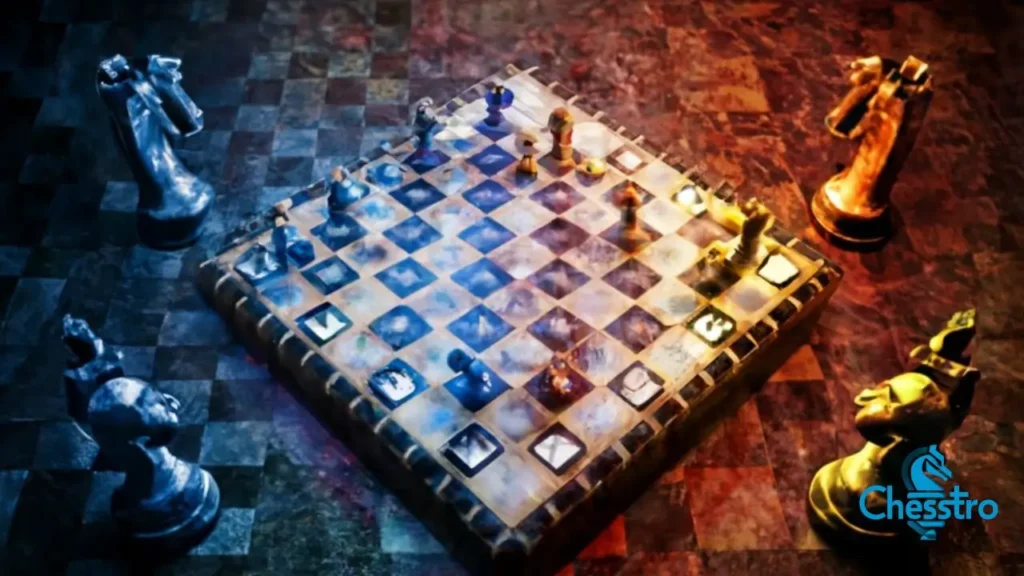
You can also learn more about How Many Moves Until A Stalemate?
Does player skill level affect the likelihood of stalemates?
Player skill level can affect the likelihood of stalemates in chess.
Stalemates don’t happen only occasionally for professional players. These players sometimes use the possibility of a stalemate to avoid losing, particularly when they’re not doing so well.
But even the best players can sometimes be tricked into a stalemate, though that’s not common.
A stalemate can also be a clever move near the end of the game, giving the player who’s not doing so well a chance to tie the game instead of losing. I
t’s also important to remember that some games if played perfectly, will end in a stalemate.
You can also learn more about Why Can’t I Move A Piece In Chess
In these types of scenarios, the best players often decide to call it a draw before all the moves are played out. In contrast, those just starting might unknowingly cause a stalemate, turning a game they could have won into a draw.
This can be a beneficial, albeit challenging, way for newcomers to understand the importance of caution and strategy.
When we consider player scores, a stalemate counts as a draw. If a player with a higher rank draws with someone of a lower rank, it implies they played at the lower rank’s level, causing their score to drop slightly.
However, when a player with a lower rank draws with someone of a higher rank, their score will rise.
What common mistakes result in stalemate positions?
Stalemate in chess occurs when a player cannot make a legal move, but their king is not in check. This results in a draw. Here are several common mistakes that lead to stalemate:

You can also learn more about Why Are Some Chess Boards Green?
Remember, to avoid a stalemate, you need to think about the results of each move carefully, pay attention to complex positions, and understand the game’s rules and strategies well.
You can also learn more about Why is f2 weak in chess?
How do certain strategies unintentionally lead to stalemates in chess?
Certain strategies in chess can accidentally cause stalemates:
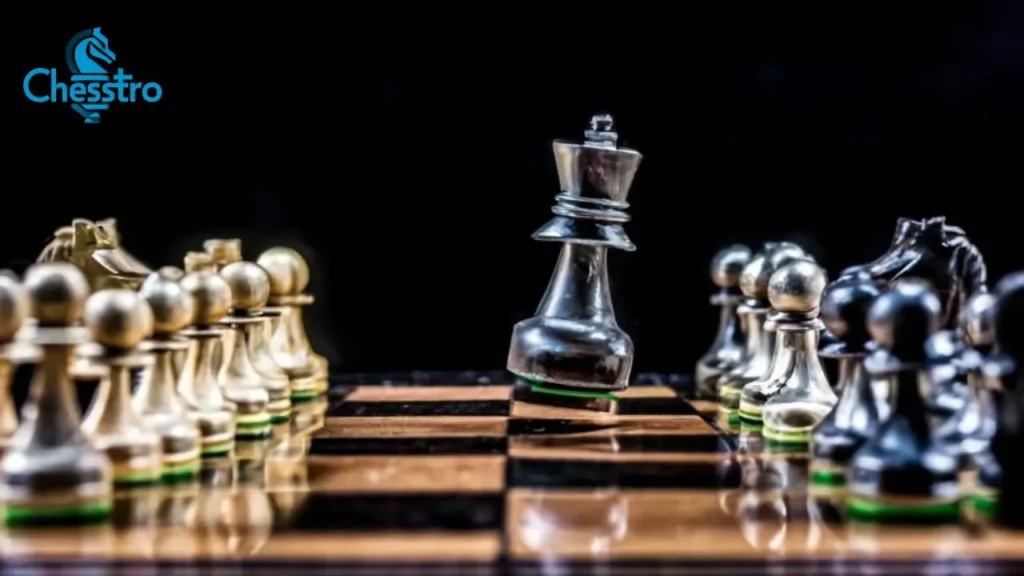
You can also learn more about Can You Castle If Rook Is Under Attack?
Understanding these factors can help players avoid accidental stalemates and improve their chances of winning.
How does unique piece movement in chess make stalemates easier?
The unique movement of chess pieces can make stalemates more common. Each piece has specific ways it can move, creating complex interactions on the board.
The king, for example, can move one square in any direction. If the king has no legal moves left and needs to be in check, it leads to a stalemate.
Pawns, which move forward but capture diagonally, can also contribute to stalemates. When pawns block the opponent’s king without placing it in check, the king can be left with no legal moves.
This often happens when pawns reach the end of the board and create a barrier.
You can also learn more about Where are the chess hustlers
Knights and bishops, with their unique movement patterns, can also lead to stalemates. Knights move in an L-shape, which can trap the opponent’s king in unexpected ways.
Bishops, moving diagonally, can control key squares and limit the opponent’s king’s movement.
Rooks and queens, which can move across the board horizontally, vertically, or diagonally, can restrict the opponent’s king’s movement significantly. If not used carefully, they can easily create a position where the opponent has no legal moves left.
Understanding the unique movements of chess pieces and their impact on the game is essential for avoiding stalemates. Players should always consider how their moves affect the opponent’s options to ensure they do not unintentionally create a stalemate.
You can also learn more about What is the 20-40-40 rule in Chess?
Final thought
In conclusion, understanding the common causes of stalemates in chess, such as limited mobility and strategic deadlocks, can help players avoid these frustrating draws. By carefully considering each move and being mindful of the endgame scenarios, players can minimize the likelihood of stalemates.
Developing a balanced approach that combines offensive and defensive strategies can also prevent unintentional stalemates. By honing their skills and strategic thinking, players can enjoy more decisive victories in their chess games.

